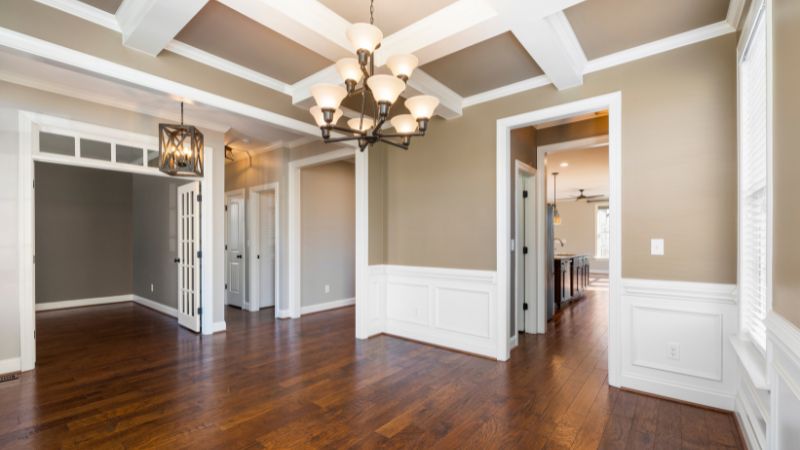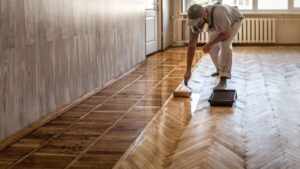How To Choose Eco-Friendly Hardwood Flooring – In today’s world, where environmental concerns are paramount, choosing eco-friendly options for home improvement projects is increasingly crucial. When it comes to flooring, hardwood remains a popular choice for its timeless appeal and durability. However, the harvesting and manufacturing processes associated with hardwood flooring can have significant environmental impacts. This guide aims to provide you with essential information and practical tips on selecting eco-friendly hardwood flooring for your home.
Eco-friendly hardwood flooring refers to wood products sourced and manufactured in a sustainable and environmentally responsible manner. By opting for eco-friendly hardwood flooring, you can minimize your ecological footprint while still enjoying the warmth and beauty of natural wood in your living spaces.
Throughout this guide, we will explore various factors to consider when choosing eco-friendly hardwood flooring, alternative sustainable flooring options, and tips for sustainable installation and maintenance practices. Let’s embark on a journey towards creating a greener and more sustainable home environment, one hardwood floorboard at a time.
How To Choose Eco-Friendly Hardwood Flooring
Look for certifications:
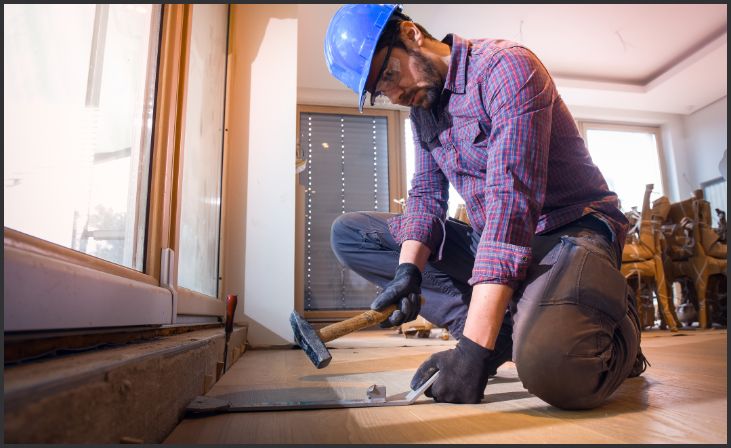
When choosing eco-friendly hardwood flooring, it’s essential to prioritize certifications like the Forest Stewardship Council (FSC) or Sustainable Forestry Initiative (SFI). These certifications ensure that the wood comes from responsibly managed forests where trees are harvested sustainably, biodiversity is protected, and local communities are respected. By selecting certified hardwood flooring, you can be confident that your purchase supports responsible forestry practices.
Also, Read – Hardwood flooring: myths vs. facts
Choose reclaimed or salvaged wood:
Reclaimed wood offers a unique opportunity to give new life to old materials while reducing the demand for new timber. This wood is sourced from buildings, barns, and other structures that are no longer in use. By repurposing this wood for flooring, you prevent it from ending up in landfills and reduce the need for fresh logging. Reclaimed hardwood flooring adds character and history to your home while minimizing environmental impact.
Opt for rapidly renewable hardwoods:
Some hardwood species, such as bamboo and cork, are considered rapidly renewable because they grow much faster than traditional hardwoods like oak or maple. Bamboo, for example, can reach maturity in just a few years, making it an excellent sustainable flooring option. Cork is harvested from the bark of cork oak trees, which regrow after harvesting without harming the tree. Choosing rapidly renewable hardwoods helps conserve forests and reduces the pressure on slower-growing species.
Consider durability:
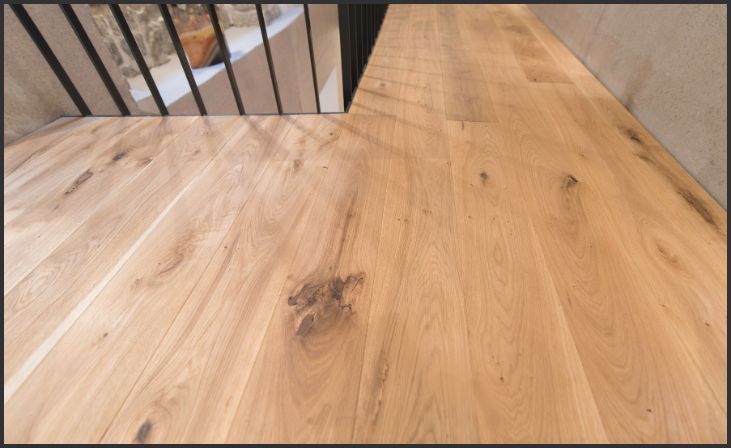
Durability is an essential factor in eco-friendly hardwood flooring. Select hardwood species that are known for their resilience and longevity, such as oak, hickory, or maple. Durable flooring lasts longer, reducing the frequency of replacement and the overall environmental impact. Additionally, durable hardwood flooring can withstand heavy foot traffic and resist scratches and dents, maintaining its beauty for years to come.
Check the manufacturing process:
The manufacturing process of hardwood flooring can significantly impact its environmental footprint. Look for manufacturers that use environmentally friendly practices, such as water-based finishes and adhesives with low volatile organic compound (VOC) emissions. Water-based finishes emit fewer harmful chemicals into the air compared to solvent-based finishes, contributing to better indoor air quality. Low-VOC adhesives minimize off-gassing and reduce exposure to toxins during installation.
Evaluate transportation distance:
Choosing locally sourced hardwood flooring helps minimize the carbon footprint associated with transportation. When hardwood flooring is sourced from nearby forests or manufacturers, it reduces the energy consumption and emissions generated during transportation. By supporting local businesses and industries, you contribute to the local economy while reducing the environmental impact of your flooring choice.
Look for non-toxic finishes:
The finishes applied to hardwood flooring can impact indoor air quality and human health. Opt for hardwood flooring that is finished with natural oils or low-VOC finishes to minimize indoor air pollution and potential health hazards. Natural oil finishes penetrate the wood and provide a durable, breathable surface without emitting harmful chemicals. Low-VOC finishes contain fewer toxic ingredients, making them safer for homeowners and the environment.
Consider the entire lifecycle:
When selecting eco-friendly hardwood flooring, it’s essential to consider the entire lifecycle of the product, from extraction to disposal. Choose hardwood flooring that has minimal environmental impact at every stage of its life, including harvesting, manufacturing, installation, use, and disposal. By evaluating the environmental implications of each phase, you can make informed decisions that prioritize sustainability and minimize ecological harm.
Seek durability and repairability:
Opt for hardwood flooring that is durable and repairable to extend its lifespan and reduce waste. Select hardwood species known for their hardness and resilience, such as Brazilian cherry or walnut, which are less prone to scratches and dents. Additionally, choose flooring that can be easily refinished or repaired rather than replaced entirely. Refinishing hardwood floors restores their beauty and eliminates the need for new materials, saving resources and reducing environmental impact.
Consult with experts:
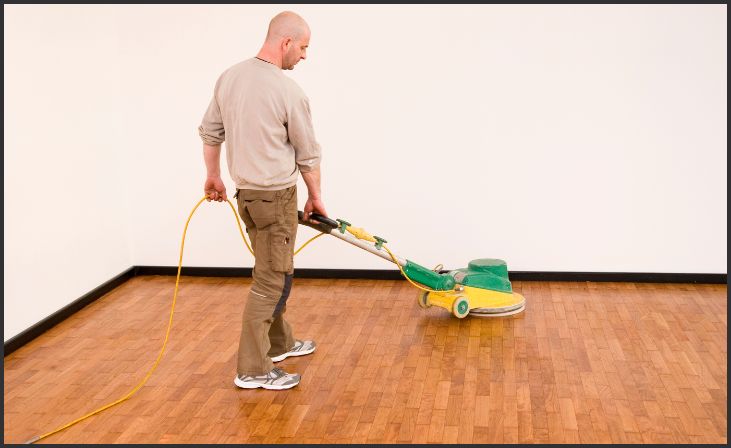
If you’re unsure about which hardwood flooring option is the most eco-friendly, consider consulting with experts in sustainable building practices or environmentally friendly home design. Architects, interior designers, and contractors with experience in green building can provide valuable insights and recommendations based on your specific needs and preferences. They can help you navigate the various eco-friendly hardwood flooring options available and select the best choice for your home and the environment.
Conclusion
In conclusion, selecting eco-friendly hardwood flooring is a small yet significant step towards promoting sustainability in your home. By considering factors such as wood species, certifications, and manufacturing processes, you can make informed choices that benefit both the environment and your living space.
Remember to explore alternative options like bamboo, cork, and reclaimed wood for added eco-friendliness. With responsible installation and maintenance practices, you can enjoy the timeless beauty of hardwood flooring while minimizing your environmental impact. Let’s continue to prioritize sustainability in all aspects of our lives for a greener and healthier future.
FAQs
What makes hardwood flooring eco-friendly?
Hardwood flooring can be considered eco-friendly when it is sourced from sustainably managed forests or reclaimed sources, manufactured using environmentally responsible processes, and has minimal impact on ecosystems and biodiversity.
How do I know if hardwood flooring is eco-friendly?
Look for certifications such as FSC (Forest Stewardship Council) or SFI (Sustainable Forestry Initiative) which indicate that the wood has been responsibly sourced and managed. Additionally, inquire about the manufacturing processes and the wood species used to ensure eco-friendliness.

